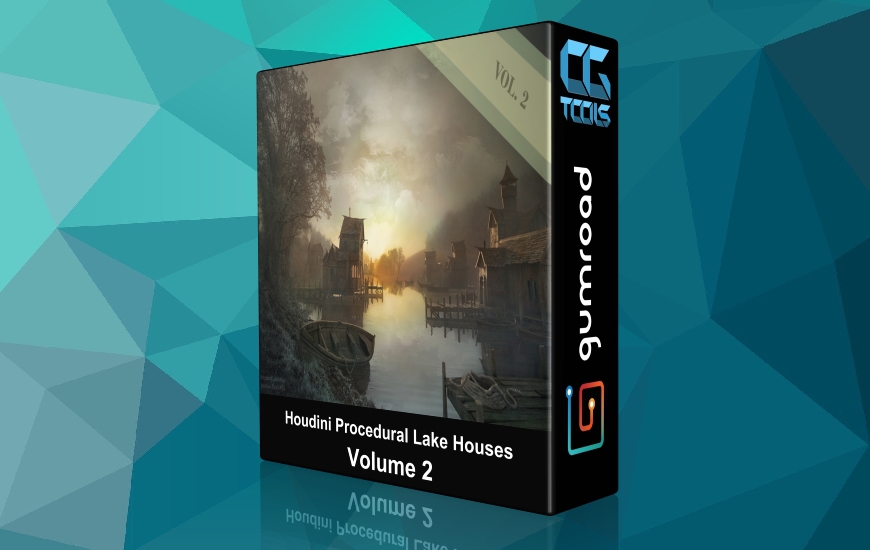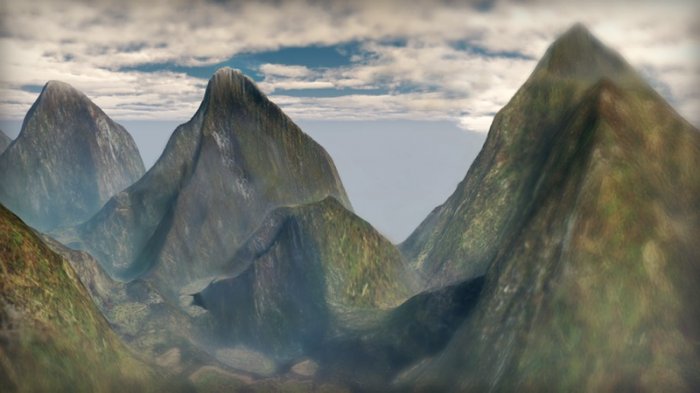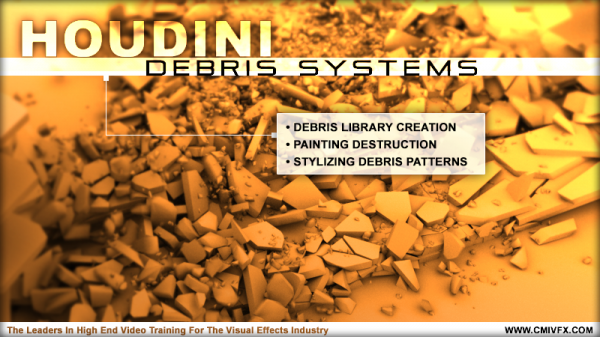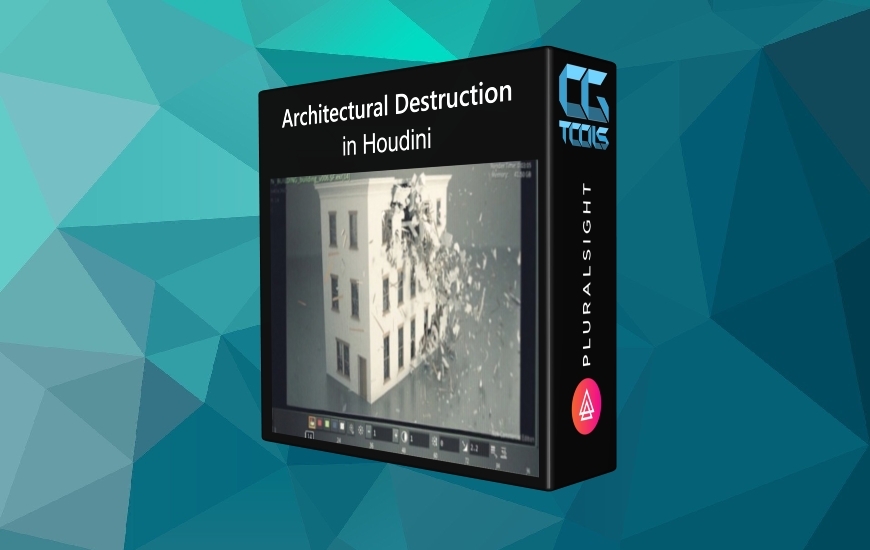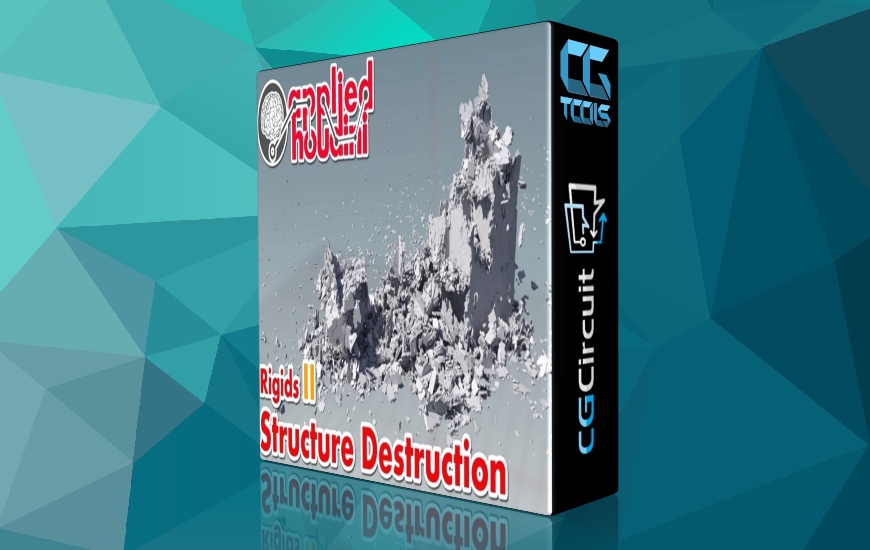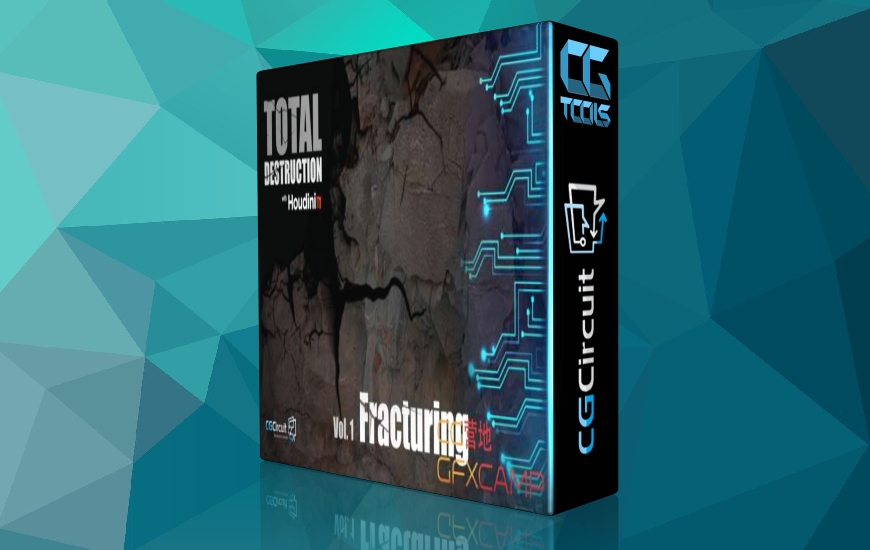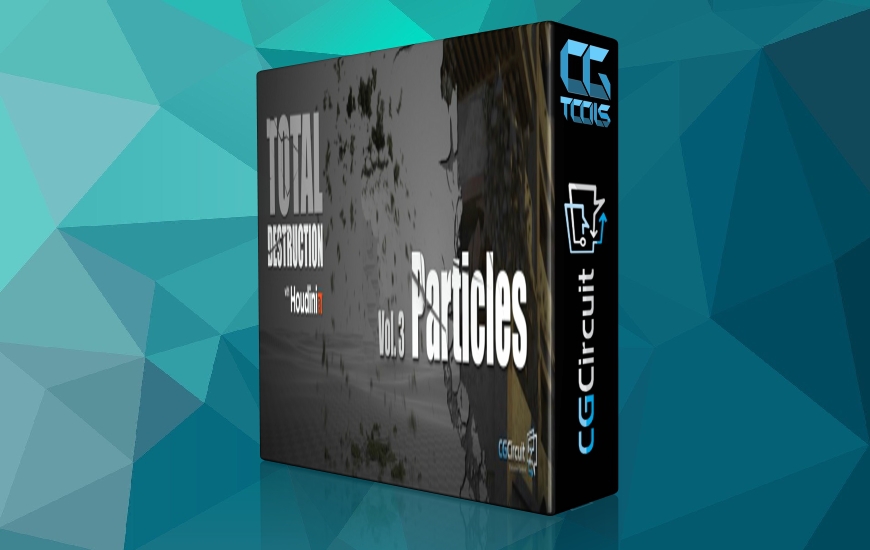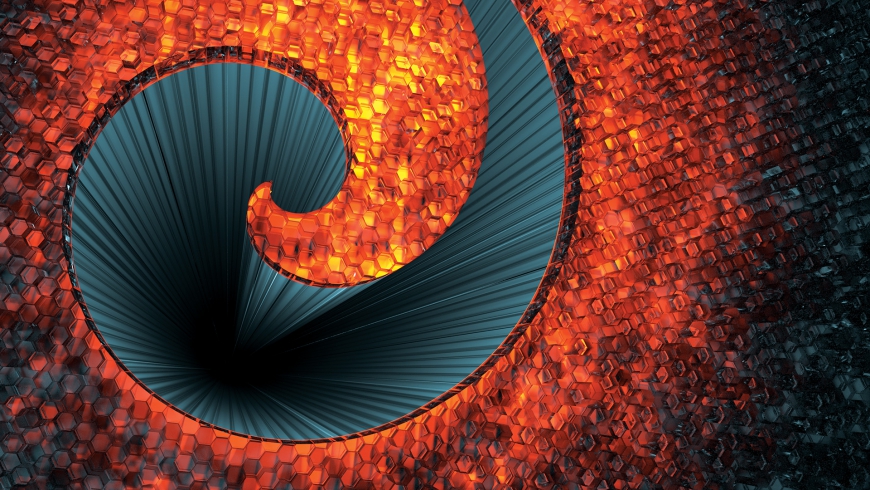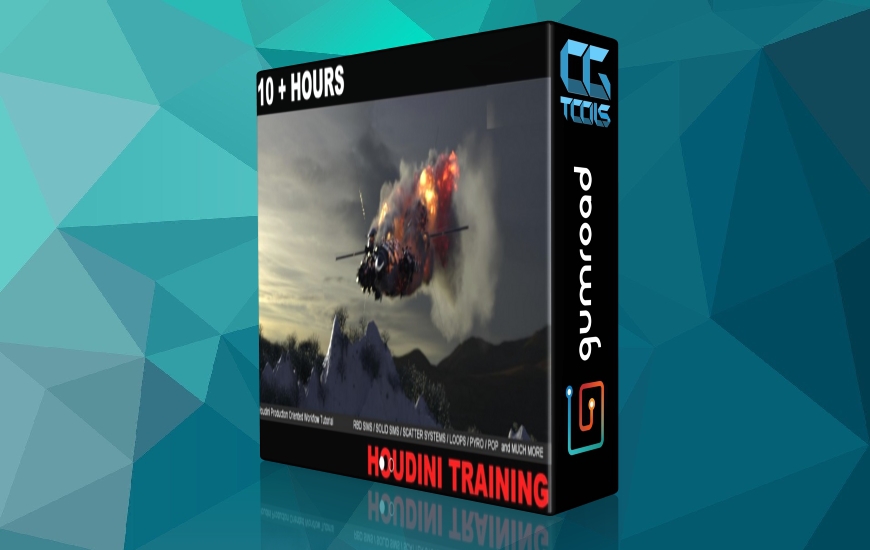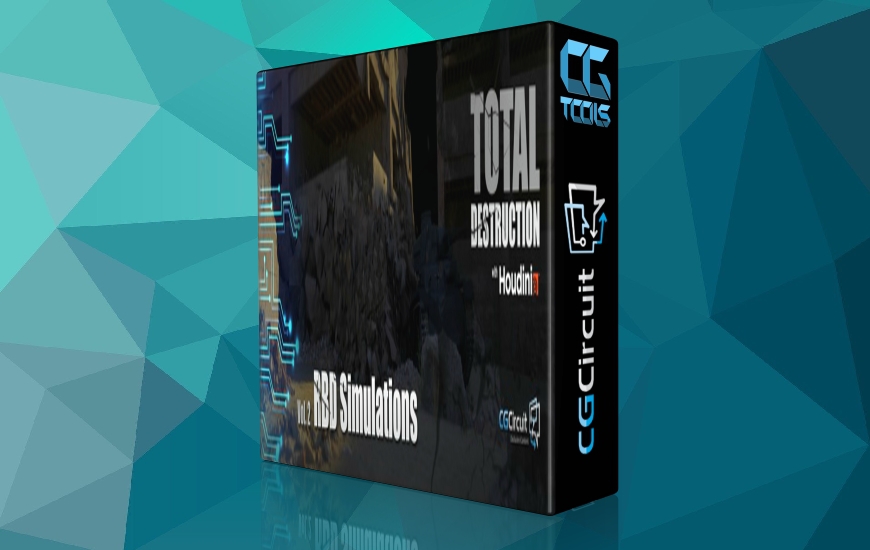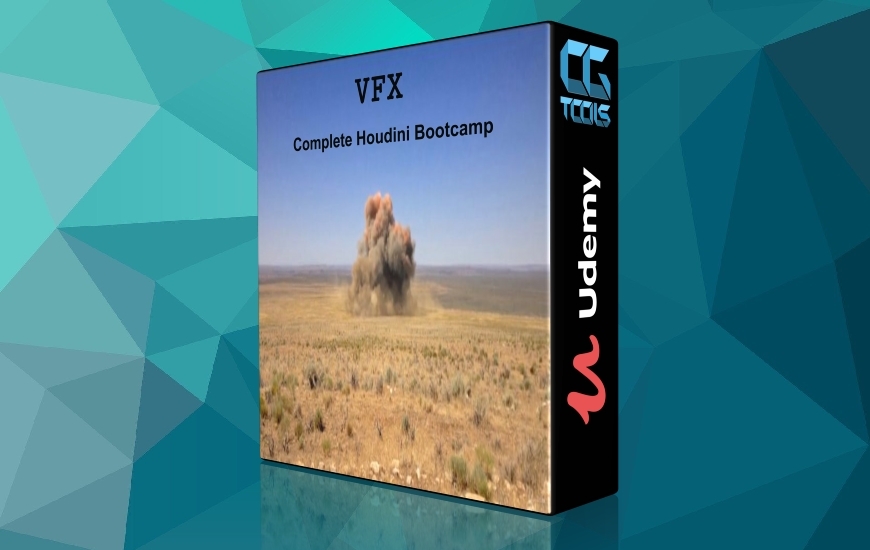![]()
در فیلم های مدرن هر سال با استفاده جلوه های ویژه بصری رایانه ای ما شاهده تخریب و فرورختن ساختمان و سازه های بسیاری هستیم. این عملیات برای واقع گرایانه تر نمایاندن نیاز به اجرای قوانین فیزیک و معادلات پیچیده ریاضی هستند که در حال حاضر توسط برنامه قدرتمند هودینی این امر امکان پذیر شده است. اگر شما تازه پا به دنیای پر از شگفتی هویدنی قدم گذاشته باشید و علاقه با یادگیری این نوع از جلوه های ویژه را داشته باشید شاید هم اکنون سوالات زیادی در ذهن خود داشته باشید. آلوارو سگورا با cmiVFX اینجاست که برای پاسخ دادن به همه این سوالات و آشنا کردن شما با سیستم های تخریب کننده در هودینی.
Cracking و خرد کردن یک مدل تنها بخشی از دنباله تخریب در فیلم های سینمایی است. متخصصان جلوه بصری نیز به خوبی آگاهند که سیستم های تخریب کننده یک قطعه ضروری از پازل جلوه های ویژه است. آلوارو سگورا در این دوره آموزشی یک راه برای ایجاد این تخریب ها دارد که قابل استفاده مجدد و تولید است.
مشاهده توضیحاتــ انگلیسی
cmiVFX has released Houdini Debris System. One key to a believable destruction effect is the complexity of the bits and pieces. Modern films push the limits of technology every summer with flying debris. Modeling, placing, and keyframing such a mess is simply not possible. Okay then mathematics leveraged to create the chaos of a falling building is great in theory, but how does one control that chaos short of a phd? Suppose one does get a reasonable debris sequence out, but the director wants a bit more motion blur and "Oh, how about a more rocks and have them shoot over to the right... just a tad". Alvaro Segura with cmiVFX is here to answer all those situations and more with this amazing, brain melting courseware. Whether you are already in the celluloid trenches or you aspire to be, THIS LESSON IS A MUST. Short Description Cracking and crushing a model is only a part of a cinematic destruction sequence. Visual effects professionals in the trenches know that a solid DEBRIS SYSTEM is also a necessary piece of the puzzle. Alvaro Segura here now reveals one way to create debris that is re-usable, direct-able, and production ready.
Chapter Descriptions
Chapter 1 - Introduction
(NOTE: This video is NOT intended for final look development of debris, it is to show how you can create a set of libraries of debris to be used OVER and OVER again. We will be showing how to create final debris looks in other videos. This is a crucial lesson for large film production pipelines)
Chapter 2 - Creating The Debris Library
We start by creating a procedural library of debris geometry based on Voronoi fracturing and using color attributes to shape the geometry. This library is re-usable and fully able to handle all manner of 'debris'. This lesson uses rocks, but the library could just as easily be stocked full of window frames, glass shards, and skyscraper furniture. We will then come up to a useful trick to export our set of debris geometry and use it later for our debris generator setup.
Chapter 3 - Basis For Debris System
Here we setup the basis for the debris system. At its most basic proof of concept degree, this is merely a way to identify and visualize the attributes needed in the much more complex system to come.
Chapter 4 - Marry Dots and Rocks
Lets begin to bring in the items from our library. Keystone in this chapter are a wicked long expression and a very clever way to limit velocity. Our level of control increases quite alot with some very simple use of groups.
Chapter 5 - Adding Rotation
This chapter is all about adding spin to our particles which in turn will make the motion of the debris more believable. The way it is done though will be new to all but the most advanced users. The rotation is driven by a rotation pop, forces and expressions. Refining the realism and illusion of chaos by adding rotation behaviors based on collisions, altering the rotation speeds and direction after hitting on collisions.
Chapter 6 - Painting Destruction
This chapter begins with a quick revision to the debris system by refining the particles a bit (part A). Lets now visit TurboSquid.com for a nice choice of free models to destroy. After some cleanup it is time to paint the blood of impending doom where the fissures will be seeded (part B).
Chapter 7 - A Bad Place To Park
Okay, lets blow this joint. Nothing is more fun than a giant ball of string that crushes everything in its path. (Well, okay a few things are more fun...) Everything has led up to the point at which the debris system has something to emit from. Now our scene is applied to the Rigid Body Dynamics features of Houdini where Alvaro makes use of the NEW Bullet Solver in Houdini 12.
Chapter 8 - Re-Timing - Sloooooo-Mo
To add a sense of large scale, one can slow down the action. This simple technique retimes the collapsing building and thereby adds to the illusion of a multi-story structure rather than a toy.
Chapter 9 - Adapting Our Debris System
While the debris system was functioning, there is room to make it better. This chapter refines the system to fit the collapsing destruction. Triggers and timing are setup to integrate the debris with the destruction. Triggering tricks using simple expressions are a bit of wizardry that allow the VFX TD to control when and where the magic happens.
Chapter 10 - Reconnecting Collisions
The debris must interact with our scene dynamically. Keep in mind that the particles are what are actually colliding. Creating relationships between the debris particles and the scene geometry is our focus.
Chapter 11 - Tweaking and Enhancing
Finally, after a series of tests you will see how to fine tune and finalize the scene. This short troubleshooting and cleanup sequence will help you complete your own scenes in the future.
Chapter 12 - Velocity Blur and Rendering
This modest courseware is wrapped with with some basic lighting involving Ambient Occlusion to show the power of our Debris generator setup along with velocity blur. As a debris TD it is often necessary to demonstrate your scene with some basic shading and lighting. This final chapter wraps up the lesson with some ambient occlusion for lighting.
About Our Mentor
Alvaro Segura is currently a Houdini Sr. FX TD living in Los Angeles, CA. He has worked at Sony Picture Imageworks, Blue Sky Studios, Rhythm and Hues, and Prologue Films where he has contributed to some of the latest blockbuster feature films, including The Green Lantern, Tron Legacy, Iron Man 2, Ice Age Continental Drift, Twilight saga, Hotel Transylvania and Alvin and the Chipmunks. Before becoming a part of the film industry, Alvaro created motion graphics for television and through this stage of his career, he won 7 Regional Emmy Awards. He is currently studying game simulation programming to widen his knowledge on programming languages such as C and its implementation in 3D applications.





